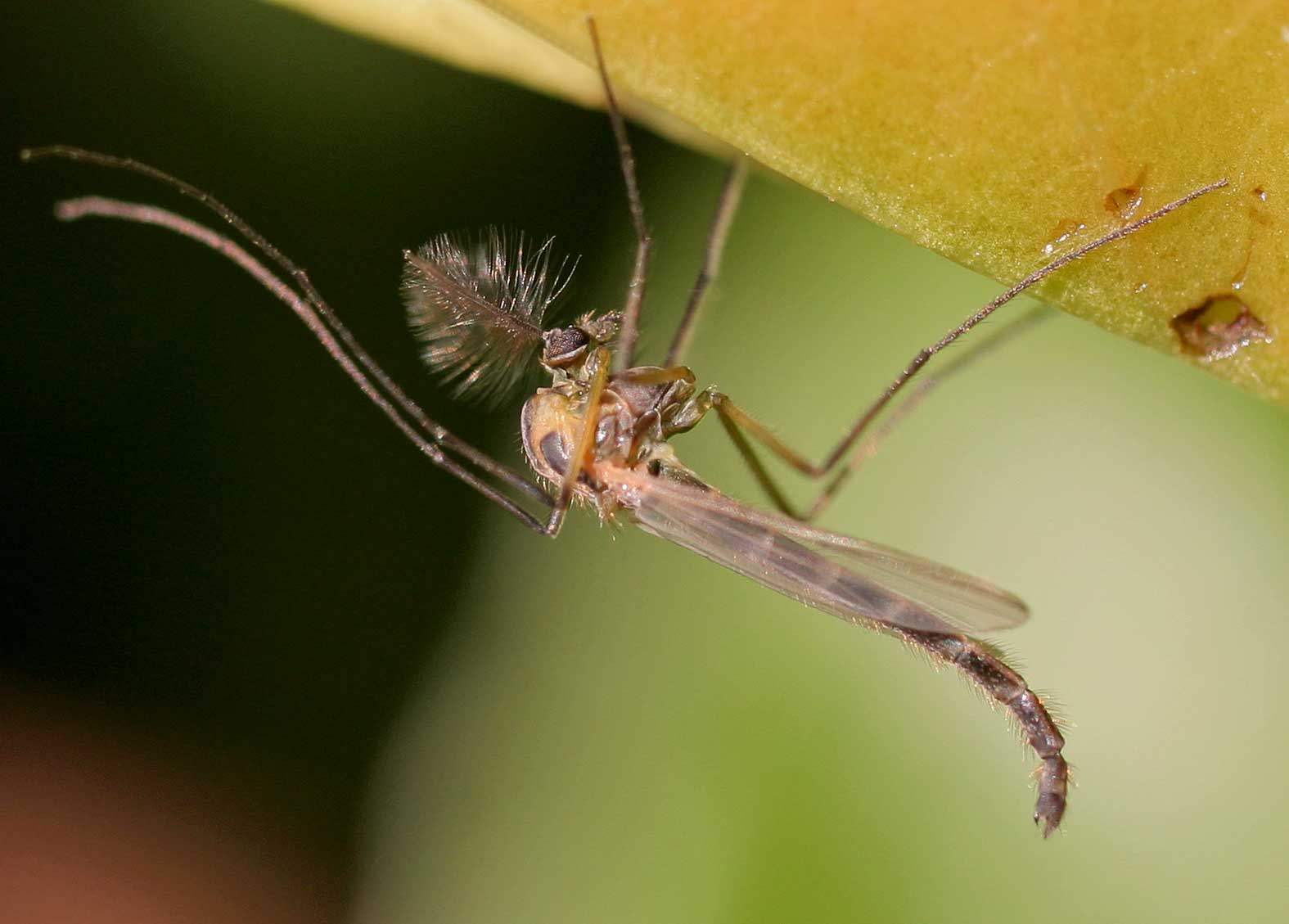Animals living in rivers, lakes and seas emit burps of nitrous oxide, a potent greenhouse gas, a new study has shown for the first time.
The gas comes from inside the guts of various creatures by bacteria that begin to break down nitrates taken in from the environment. What is worrying is that the amount of nitrates in rivers and seas is going up all the time, mostly due to fertilisers washing off farmland. This could mean that in the future, more nitrous oxide could escape into the atmosphere from these watery habitats.
 We know all this thanks to a study in the journal PNAS led by Peter Stief and colleagues from Aarhus University in Denmark.
We know all this thanks to a study in the journal PNAS led by Peter Stief and colleagues from Aarhus University in Denmark.
They went out and collected 21 different types of animals from lakes, rivers and coastal areas of Denmark and Germany including a variety of invertebrates including molluscs and insect larvae. One of them was a type of midge called Chironomus plumosus whose larvae can be incredibly abundant in freshwater sediments. They live in U-shaped burrows and there can be several thousand living in a single square metre of mud.
Steif and his team brought these animals into the lab and by measuring the gases they emit - both from intact animals and from dissected guts - they discovered that nitrous oxide is produced by a variety of different species that either filter their food from the water or scoop and scrape it up from muddy sediments - so-called deposit feeders. They also found that the more midge larvae were present in a sample of mud, the more nitrous oxide was emitted.
They went on to investigate whether it was the animals themselves that were producing the nitrous oxide by extracting RNA from the gut contents of the Chironomus larvae, which they then used as a template to make strands of DNA. Within that DNA they found denitrification genes - the genes that are responsible for breaking down nitrates. And they found the exact same genes in DNA in the muddy sediments, indicating that it is not the invertebrates themselves but the bacteria in the mud that they eat which produce the nitrous oxide.
Bacteria will only switch on these denifitrication genes when there is no oxygen around. So when they are living freely at the mud surface they do not break down nitrates because they are in contact with oxygen in the air.
But, because their guts have no oxygen, when aquatic animals eat the bacteria, these genes are switched on. It takes a little while for the bacteria denitrifying genes to start working, and at first they only partially break down nitrates and form nitrous oxide
All this could all spell bad news for the environment because we are seeing shallow waters filling up with too many nutrients, including nitrates, from human activities - a process known as eutrophication, which leads to a fundamental shift in ecosystems.
This study highlights more urgently than ever, the importance of cleaning up our waters and controlling the amount of nutrients that seep off the land, because not only will this in itself lead to the release of more nitrous oxide, but eutrophic ecosystems tend to be dominated by the type of animals, like midge larvae, that we now know are responsible for emitting burps of this powerful greenhouse gas.
- Previous Migraine mystery unravelled
- Next Earliest domestic horses










Comments
Add a comment